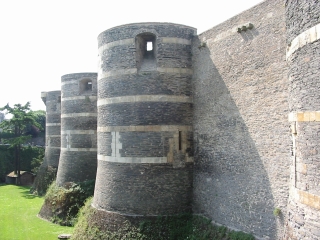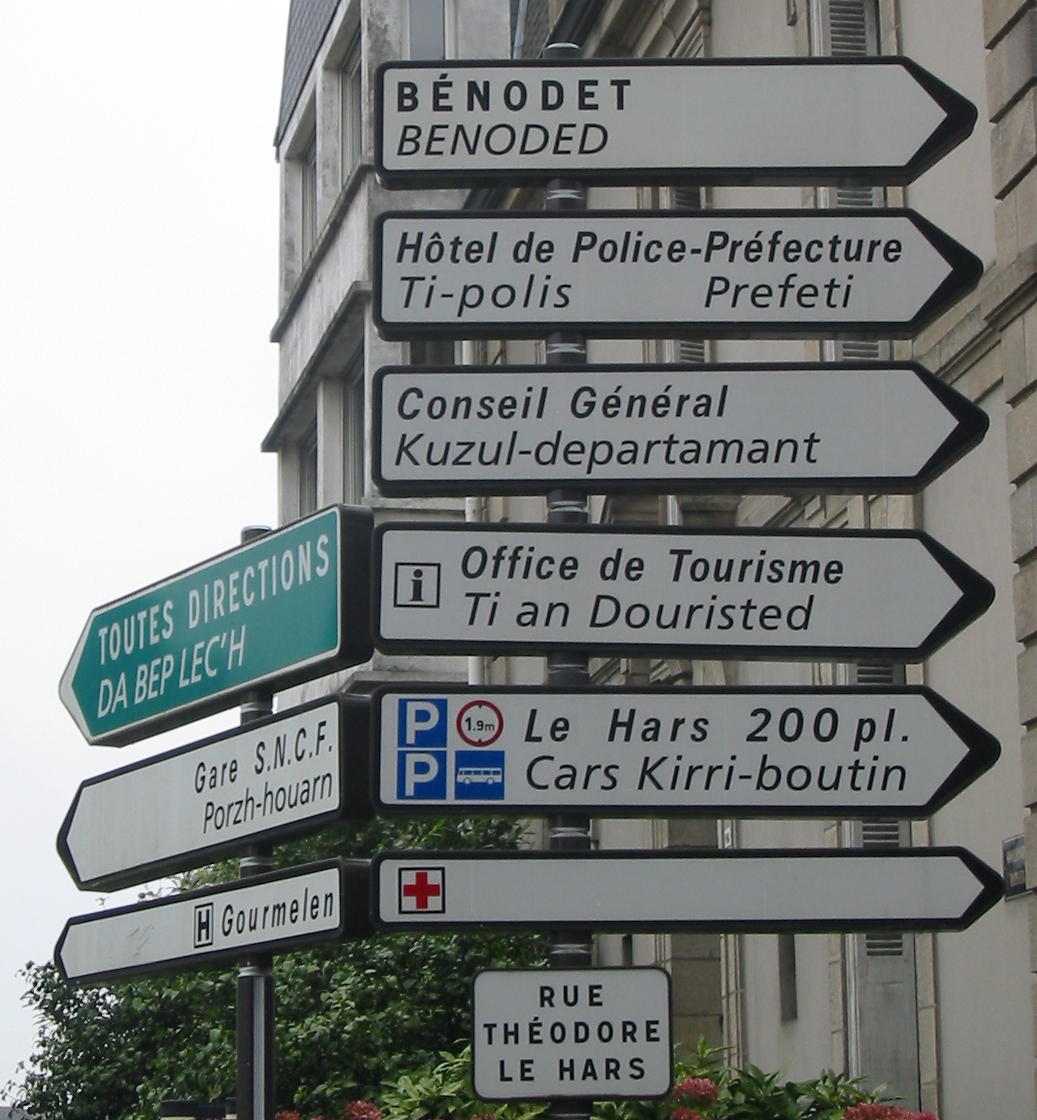I recently finished a book that surprised and delighted me so much that I need to share.
For a couple of years, I’ve received New Yorker writer Lauren Collins’ e-mail newsletter and followed her on Twitter, but I never intended to read her book, When in French: Love in Second Language. I assumed (falsely) it would be a personal memoir about her love life, maybe a more realistic version of “Emily in Paris.” (I knew from Collins’ Twitter feed of her scorn for Emily.) A couple of weeks ago, stopping by the public library near my winter home, I saw a stack of these books on a table and picked it up on a whim. (One great thing about the library: if you don’t like a book, simply return it with no remorse.)

No one resembling the fictional Emily is in this tale and neither is Paris. The setting is primarily Geneva, where Collins relocates with her new husband and begins to learn his language. The couple met in London and fell in love in English. Although the relationship provides the raison d’être for the book, the story is primarily a deep dive into the role of language in our lives and culture.
Collins explores the mysteries of language and how it has fascinated philosophers, academics and some oddball characters through the centuries. She is particularly attuned to considering how language influences individual thought and behavior as well as the culture in which it is spoken. Although her direct experience is in English and French, she draws from a broad range of encounters, contemporary and historic, highlighting consequences from amusing to tragic that have occurred when languages collide.
Collins relates her personal experiences of French acquisition reshaping her relationships and interactions. Centrally, learning her husband’s language reduced their misunderstandings and provided a crucial window into his psyche. As she progresses in her French classes, she begins to pick out fragments of his conversation with others. One evening she is listening to him speak to his brother on the phone and notices his use of the word quoi to punctuate sentences. “Even as it dawns on me that I may have pledged lifelong devotion to a man who ends every sentence with the equivalent of ‘dude,’ I’m taken by an eerie joy. Four years after having met Olivier, I’m hearing his voice for the first time.”
Out in the wider world, Collins’ perceptions also change. For example, her American egalitarian background initially caused her to recoil at the French distinction between the familiar and the formal: “The necessity of classifying each person one came across as vous or tu, outsider or insider, potential foe or friend, seemed at best a pomposity and at worst an act of paranoia.” Eventually this dissonance reverses: “The correctness that French requires revealed itself as not vanity but courtesy, guaranteeing that every person, however weak or humble, commanded a measure of respect.” She relates hearing a Homeland Security officer address an older man ahead of her in line at arrivals in New York and that his “undifferentiated English ‘you’ hit me like a bludgeon.”
Cultural differences not related to language are also observed. One in particular will strike at the heart of American moms. Towards the end of the book, Collins gives birth to her first child. Her description of the standard services provided by the Swiss hospital are almost too much to bear for those accustomed to U.S. healthcare. The coup de grace: on the day after her daughter’s birth, an aesthetician arrives in her hospital room to offer her a pedicure, manicure, foot massage or hair style, a soin postnatal to which every new mother is entitled “to help her feel more like herself.”
Finally, one of my favorite tales in this book doesn’t involve language at all. Lauren and Olivier rent a house in Corsica for a week and bring their families together for a vacation. The American contingent doesn’t speak any French, and some of the French contingent doesn’t speak English. But they are all in, ready to embrace each other in their differences and commonalities. Olivier has informed his family that the Americans typically eat breakfast by grabbing leftovers from the fridge while standing in the kitchen. His French parents proceed to the kitchen, gamely prepared to try the American custom. Meanwhile, Lauren’s parents are on the patio, seated at the table and ready for petit dejeuner in the French manner. The French custom prevails as it has attracted converts and really, who wouldn’t prefer baguettes, coffee and conversation at table?
I’m reluctant to return this book to the library. (I will! I will! I can never be even one day late). But perhaps I’ll buy a copy so I can read it again, and again.




































